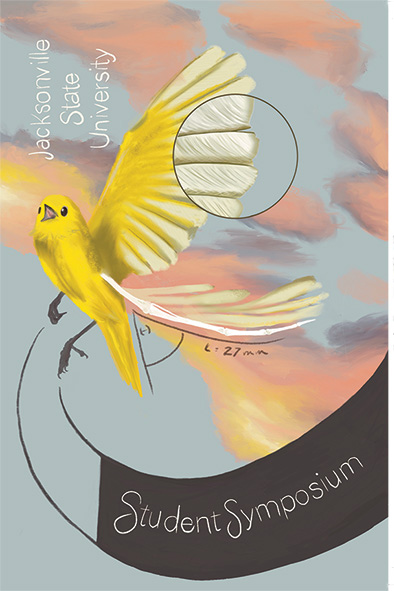
Genetic Assessment of Systemic Lupus Erythematosus Associated TREX1 Variants of Uncertain Significance in C. elegans
Date
2-13-2023
Faculty Mentor
Ashley Turner, Biology
Loading...
Files
Submission Type
Poster
Location
3:30-3:40pm | Houston Cole Library, 11th Floor
Description
TREX1 is a human gene that encodes for a protein called 3'-to-5' DNA exonuclease. Mutations in TREX1 result in accumulation of unwanted DNA and RNA in the cell and have been shown to trigger immune dysfunction leading to diseases such as systemic lupus erythematosus (SLE) and Aicardi-Goutières syndrome. The goal of this project is to determine the potential impact of an SLE associated TREX1 missense variant of uncertain significance (VUS). Initially, a gene mutational analysis was carried out with 30 TREX1 variants associated with SLE with varying degrees of reported pathogenicity to examine the conservation of each variant in the TREX1 nematode ortholog W02F12.4. Of the 30 screened variants, 2 were found to be conserved in both TREX1 and W02F12.4. These TREX1 variants were c.197A>G (p.Lys66Arg) and c.226G>T (p.Ala76Ser), both of which have uncertain clinical significance. VUS c.226G>T (p.Ala76Ser) was selected for further investigation due to its proximity with a likely pathogenic and pathogenic variant. PolyPhen-2 analysis also predicted this VUS to be probably damaging with scores of 0.982 (HumDiv) and 0.953 (HumVar). These findings support further investigation of the potential impact of this VUS. Future experiments include generating a CRISPR-Cas9-engineered C. elegans model containing the TREX1 missense VUS in the nematode loci of W02F12.4 for in vivo assessment. Primers were designed and optimized to amplify the VUS region in C. elegans using polymerase chain reaction (PCR), gradient PCR, and gel electrophoresis. CRISPR RNA guides and a DNA repair template have been designed and will be used along with Cas9 protein for microinjection of nematodes to generate the mutant VUS strain. This will allow us to support or refute the potential pathogenicity of TREX1 c.226G>T (p.Ala76Ser) in vivo through phenotypic changes we observe in the mutant nematode compared to wildtype. This will help provide important insight into the potential clinical significance of this SLE associated TREX1 VUS identified in patients.
Keywords
student research, biology
Rights
This content is the property of Jacksonville State University and is intended for non-commercial use. Video and images may be copied for personal use, research, teaching or any "fair use" as defined by copyright law. Users are asked to acknowledge Jacksonville State University. For more information, please contact digitalcommons@jsu.edu.
Disciplines
Biology
Recommended Citation
Mabry, Taylor; Peters, Jordan; Hanks, Marli; and Russell, Auslyn, "Genetic Assessment of Systemic Lupus Erythematosus Associated TREX1 Variants of Uncertain Significance in C. elegans" (2023). JSU Student Symposium 2023. 7.
https://digitalcommons.jsu.edu/ce_jsustudentsymp_2023/7



